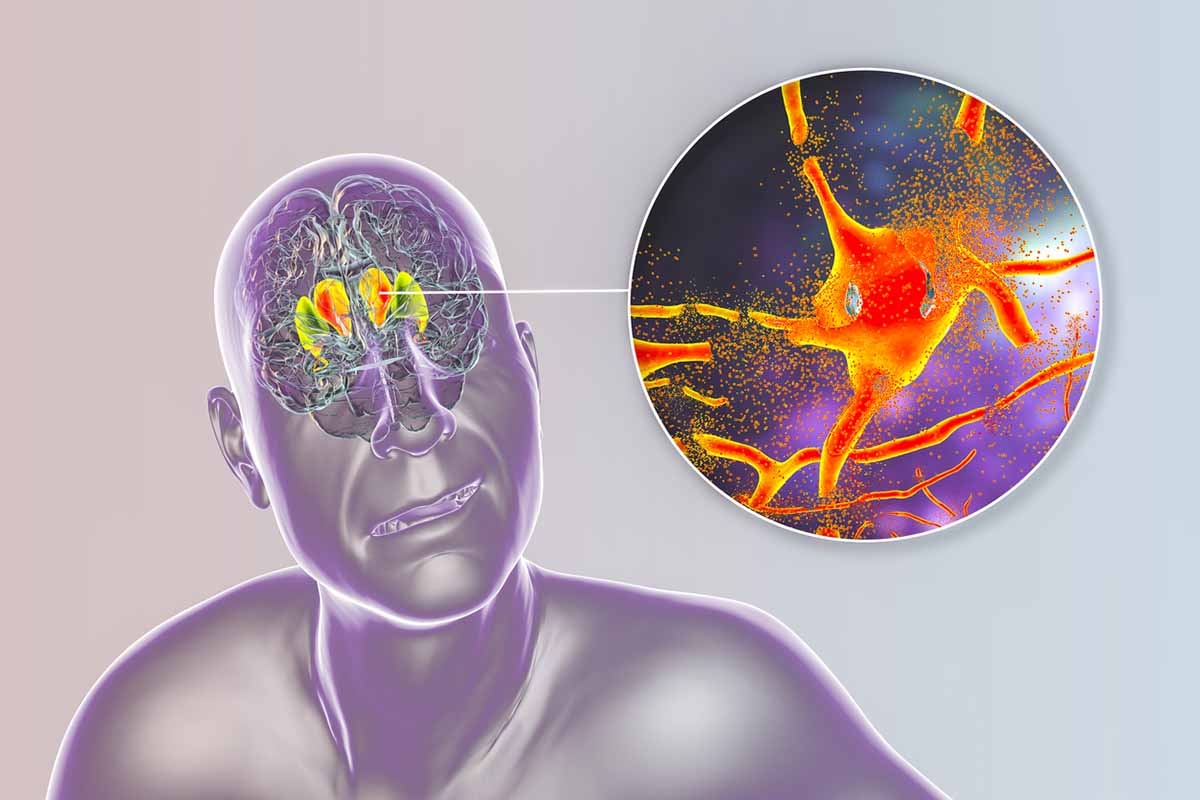Because this piece does not have an abstract, we have provided for your benefit the first 3 sentences of the full text.
To the Editor: Delirious mania is a potentially fatal neuropsychiatric syndrome of unknown etiology often characterized by the acute onset of delirium, symptoms of mania, and psychosis. The presentation is often punctuated by catatonia. Delirious mania was initially described by Calmeil in 1832 and further delineated by Bell in 1849, who reported that 40 of 1,700 patients seen at McLean Hospital presented with features of the condition, 75% of whom died during hospitalization, highlighting the risk of morbidity and mortality of delirious mania.
Delirious Mania in a Geriatric Patient
To the Editor: Delirious mania is a potentially fatal neuropsychiatric syndrome of unknown etiology often characterized by the acute onset of delirium, symptoms of mania, and psychosis. The presentation is often punctuated by catatonia.1,2 Delirious mania was initially described by Calmeil in 1832 and further delineated by Bell3 in 1849, who reported that 40 of 1,700 patients seen at McLean Hospital presented with features of the condition, 75% of whom died during hospitalization, highlighting the risk of morbidity and mortality of delirious mania.4 Despite being relatively prevalent, literature on delirious mania is sparse, and there are no formal diagnostic criteria or treatment guidelines.
Case report. We report the case of a geriatric patient (age over 70 years) with a previous diagnosis of bipolar disorder type I who was in full remission on olanzapine 7.5 mg nightly for approximately 1 year. At baseline, the patient was fully oriented with no noted cognitive impairments. The patient lived independently and engaged in regular weekly physical exercise. The patient interacted with family multiple times each week and had no history of illicit substance, tobacco, or alcohol use. The patient had a history of neuroleptic malignant syndrome and catatonia.
The patient was found in a confused state, wandering the streets in the cold, with no coat or shoes. Symptoms of elated mood and decreased sleep were also reported. Collateral information confirmed symptoms of increased goal-directed behavior, impulsivity, agitation, and delusions for at least 3 days prior to admission. On examination, the patient was found to have orientation to person only and impaired recent and remote memory and naming and attention. Initial investigations, including urinalysis, head computed tomography, thyroid-stimulating hormone level, complete blood count, and basic metabolic panel, were within normal limits. The physical examination was unremarkable. Pertinent negative findings included normal strength, tone, and range of motion. Given the presentation with symptoms of mania, psychosis, and fluctuating sensorium, the patient was diagnosed with delirious mania. Electroconvulsive therapy (ECT) was offered; however, the family declined. Initially, the patient was continued on olanzapine 7.5 mg nightly, valproic acid was added at 125 mg twice daily for mood stabilization, and a nightly dose of lorazepam 1 mg was added to address agitation and insomnia. Valproic acid was slowly titrated up to 500 mg in the morning and 750 mg nightly, and olanzapine was increased to 10 mg nightly. Due to the possibility of benzodiazepines contributing to confusion in the elderly, the patient was tapered off lorazepam; however, the patient became catatonic. The patient was subsequently maintained on scheduled lorazepam 0.5 mg in the morning and 1 mg at night. The patient became more expressive on lorazepam. Due to the history of neuroleptic malignant syndrome, minimal use of antipsychotics was prudent. Symptoms gradually improved on this regimen, and the patient was discharged 26 days after admission.
A diagnosis of delirious mania should be considered in patients who present with symptoms of mania and altered sensorium. Initial workup should include complete blood count with differential, toxicology screens, pregnancy screening if applicable, blood glucose, serum electrolytes, blood urea nitrogen, creatinine clearance, urinalysis, vitamin B12 and folate levels, and screening for neuroleptic malignant syndrome to rule out any potential organic causes of the symptomatology.1 Once other causes are ruled out, prompt treatment of delirious mania should be instituted.
ECT is considered the definitive treatment for delirious mania. Lorazepam has also demonstrated efficacy. Our patient responded to moderate doses of lorazepam, valproic acid, and olanzapine; however, recovery from the acute episode was protracted. Early diagnosis and aggressive treatment may be essential to reduce the morbidity and mortality associated with delirious mania.
References
1. Jacobowski NL, Heckers S, Bobo WV. Delirious mania: detection, diagnosis, and clinical management in the acute setting. J Psychiatr Pract. 2013;19(1):15-28. PubMed CrossRef
2. Fink M. Delirious mania. Bipolar Disord. 1999;1(1):54-60. PubMed CrossRef
3. Bell L. On a form of disease resembling some advanced stage of mania and fever. Am J Insanity. 1849;6:97-127.
4. Karmacharya R, England ML, ×–ng×¼r D. Delirious mania: clinical features and treatment response. J Affect Disord. 2008;109(3):312-316. PubMed CrossRef
aDepartment of Psychiatry, Henry Ford Behavioral Health Services, Henry Ford Health System, Detroit, Michigan
Potential conflicts of interest: None.
Funding/support: None.
Additional information: Information has been de-identified to protect anonymity.
Published online: February 22, 2018.
Prim Care Companion CNS Disord 2018;20(1):17l02141
To cite: Thakrar A, Snell T, Prabhakar D. Delirious mania in a geriatric patient. Prim Care Companion CNS Disord. 2018;20(1):17l02141.
To share: https://doi.org/10.4088/PCC.17l02141
© Copyright 2018 Physicians Postgraduate Press, Inc.
Please sign in or purchase this PDF for $40.00.





